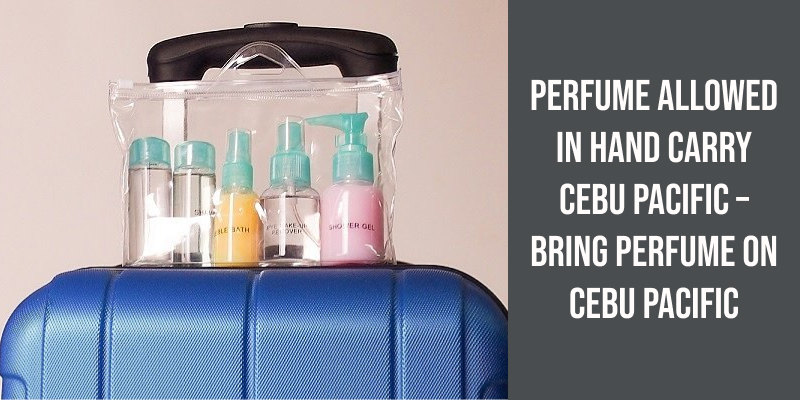Fixing a soap pump that won’t open can be a simple task if you follow these steps. Start by running the pump under warm water for a few minutes. The warmth of the water can soften the soap that’s hardened inside the pump, causing it to be stuck. While doing this, continuously press the pump to activate the mechanism. If this doesn’t work, try using a thin wire or a needle to poke inside the pump’s nozzle, which can help remove any solid soap blockage. Remember to be gentle so as not to damage the pump. If all else fails, you might need to buy a replacement pump, which is easily available in many stores.

How Do You Fix a Stuck Soap Pump?
Next, use a toothbrush to scrub any remaining residue from the pump. If the pump is still sticking, mix equal parts of white vinegar and water and spray it onto the pump. Let it sit for a few minutes before attempting to use the soap dispenser again.
If the above methods don’t work, it’s possible that the pump mechanism is damaged and needs to be replaced. To replace it, first, make sure the dispenser is empty and turn it upside down to access the bottom. Remove the screws holding the pump in place and gently pull the pump up and out of the dispenser. Replace it with a new pump and screw it back into place.
It’s also possible that the dispenser nozzle is clogged with soap residue. In this case, use a small pin or needle to remove any blockages from the nozzle. Alternatively, soak the nozzle in hot water and vinegar solution for several hours to dissolve any buildup.
Prevention is always better than cure, and to avoid soap dispenser pump getting stuck, ensure the soap you use isn’t too thick or heavy. Also, don’t overfill the dispenser as air bubbles can cause the nozzle to clog.
A stuck soap pump can be quite frustrating, but with a little patience and effort, it can be fixed. Ensuring proper maintenance and using the right type of soap can also prevent such problems in the future.
Now that we know why soap dispensers may get stuck, it’s important to understand how to prevent it from happening in the first place. By maintaining a regular cleaning routine for the foaming pump, you can avoid the build-up of soap and oil ingredients that can create a sticky residue. In the following section, we’ll go over some simple yet effective ways to clean your soap dispenser and keep it functioning smoothly.
Why Does My Soap Dispenser Keep Getting Stuck?
Additionally, using thick or heavy soaps can contribute to sticking issues. These types of soaps have a higher viscosity and can cause the pump to become clogged or unable to move freely. It’s always recommended to use a thinner soap or to dilute thicker soaps to prevent sticking.
Another possible cause of sticking is a damaged or worn out foaming pump. As the pump ages, it may become less effective at creating foam, or it may become stuck due to wear and tear. In this case, replacing the pump may be necessary to prevent further issues.
In some cases, the soap dispenser may be poorly designed or manufactured, which can cause sticking issues. If you’ve tried cleaning the pump and using different types of soap with no success, it may be worth trying a different brand or type of soap dispenser to see if this resolves the issue.
Finally, environmental factors such as humidity and temperature can also affect the performance of soap dispensers. Taking steps to regulate temperature and humidity levels in the area where the dispenser is installed may help to prevent these issues.
How to Properly Clean a Soap Dispenser to Prevent Sticking
To prevent sticking, clean your soap dispenser regularly with warm water and soap. Rinse thoroughly after cleaning and dry completely before refilling with soap. Avoid using harsh chemicals or abrasive materials that could damage the dispenser.
Source: Soap Dispenser Troubleshooting – RAIL19
In order to keep our hands clean and free from germs, soap dispensers are a key component in our daily hygiene routine. However, sometimes they may stop working, causing frustration and inconvenience. If this is the case, there are a few common reasons why the dispenser might not be functioning properly, including clogging, damaged sensors, drained batteries, or faulty wiring. In the case of automatic soap dispensers, these issues can be even more complex.
Why Do Soap Dispensers Stop Working?
When faced with a soap dispenser that’s stopped working, the first thing to consider is whether or not the soap itself has run out. If the soap level is adequate, then there are a few potential reasons why the dispenser might not be functioning. One possibility is that the dispenser has become clogged, particularly if it hasn’t been used in a long time. Over time, soap may dry up and clog the dispenser, preventing it from releasing any further liquid.
Once the issue has been diagnosed, it can often be resolved quickly and easily, allowing the dispenser to continue dispensing soap and properly helping to maintain hygiene standards.
While issues related to clogging, damage to the sensor, and depleted batteries are all relatively common, wiring issues can also be the culprit. Identifying the issue and resolving it quickly is crucial to maintaining proper hygiene standards and ensuring that the dispenser is functioning correctly. By taking steps to care for and maintain soap dispensers, users can help to ensure that they continue to function efficiently for an extended period of time.
Conclusion
It’s crucial to check for blockages, ensure that the pump mechanism is properly aligned, and inspect the dispenser for any signs of damage or wear and tear. Simple solutions such as priming the pump, lubricating the dispenser, or replacing the faulty parts may do the trick. However, if the issue persists, it may be necessary to seek professional help or invest in a new dispenser altogether. Taking care of your soap pump by regularly cleaning it, using quality soap products, and following proper usage instructions can also prevent common problems from occurring.





